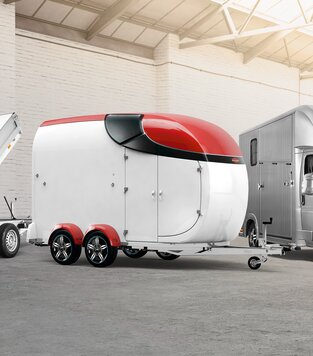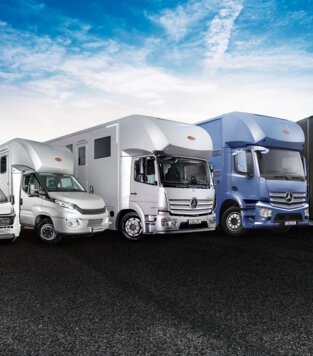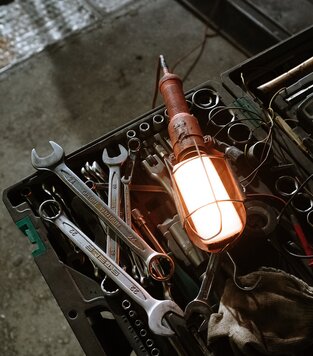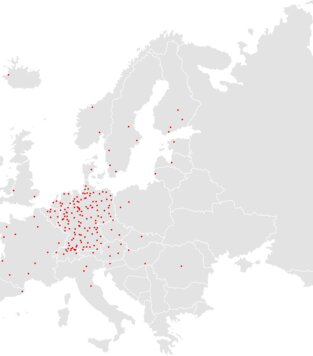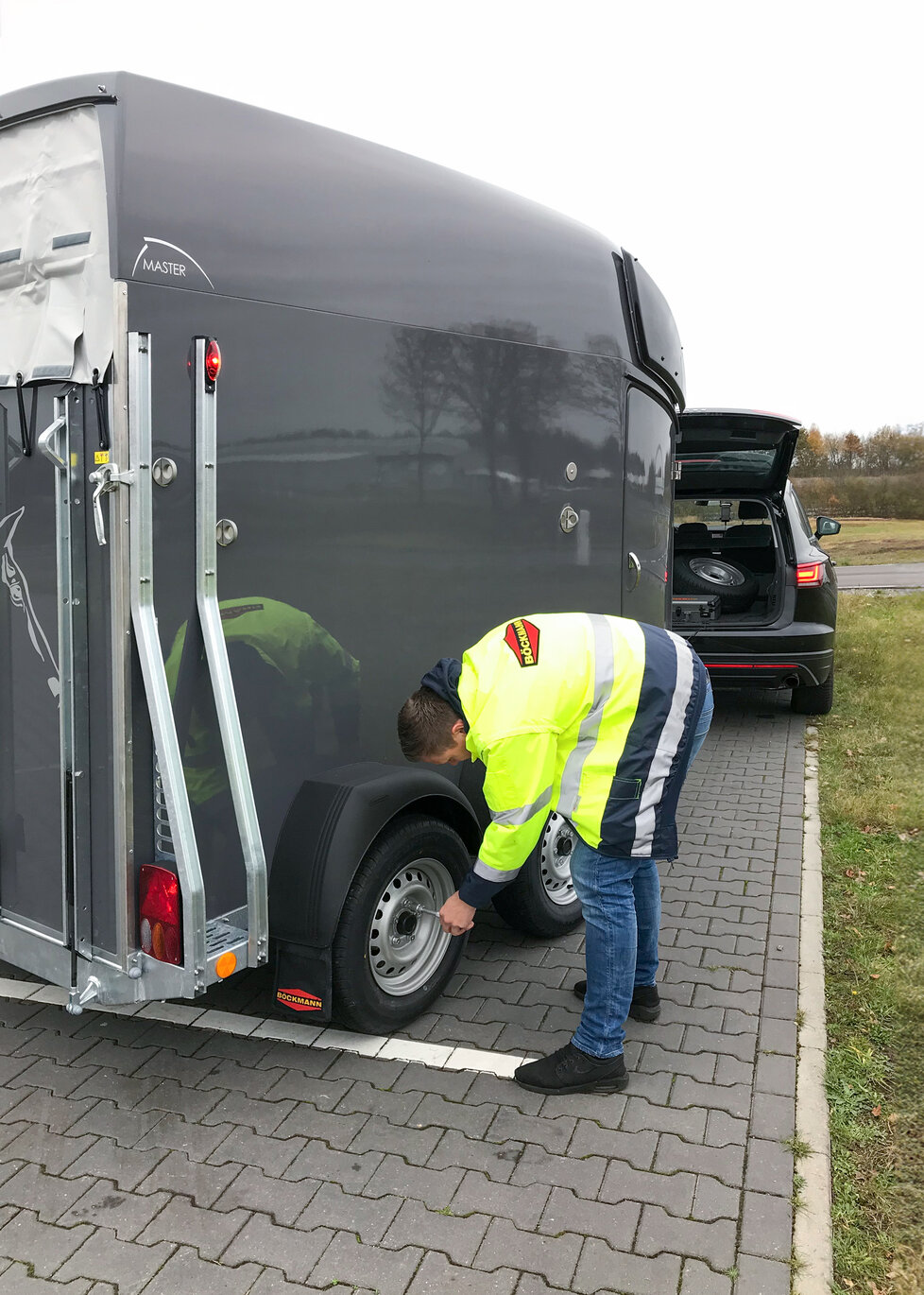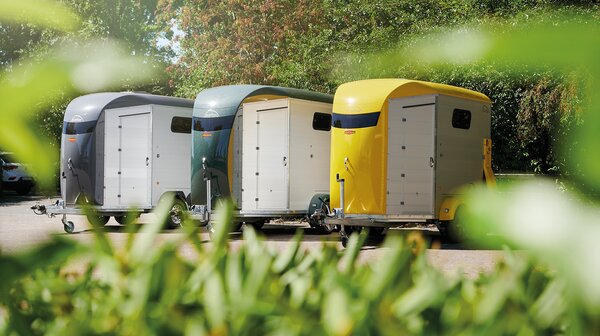Our trailers are thoroughly tested in advance
From the idea to the street: The comprehensive testing process at Böckmann trailers
Almost every component of a trailer, from the overrun device, the axles, brakes to the rims and tires, is a component tested according to ECE regulations. But for the “overall construct” of trailers, there are no official rules or legal acts that must be followed for testing procedures in order to bring a trailer onto the market.
However, we have made it our mission to put every new trailer model through its paces before we put it on sale.
On the one hand, our horse trailers are tested at the Böckmann stable, but in addition, like the utility trailers, they also have to pass our internal test procedure.
External test drives at ATP
Internal testing
In addition to the tests on the ATP test track, our trailers have to overcome a few more hurdles before they can go into series production.
The utility and horse trailers are also tested under real conditions.
Utility trailers
When it comes to utility trailers, we work with regional partners such as craftsmen, construction companies and even foresters. They test our tippers, high loaders, etc. in situations that are part of everyday life for them, such as transporting bulk goods from A to B. We then receive feedback from practical experience. If the lashing brackets are in the right places, long-travel locks might make more sense than angle lever locks in one place, or the new grille attachment will remain firmly anchored even at higher speeds, etc. This way we get feedback from daily users as to which adjusting screws might need to be adjusted needs to be readjusted.
Horse trailers
Here too, we test under real conditions. As soon as the horse trailers have the “go” from the test track tests, the Böckmann stable will help us. Before it can go into series production, every horse trailer is put through its paces not only on the test track, but also by the team at the Böckmann stable. The vehicles are used almost every day with a wide variety of horses - be it for rides, training or even to a tournament. For example, in the interior you can check whether the side kick protection can withstand the loads, whether the windows need to be placed/shaped differently so that the horse is less blinded while driving and whether the distance between the hay net hooks is correct. Is the division of the saddle room appropriate for the equipment or does the saddle holder need to be moved a little further to the left so that it is easier to get to the bridle on the right side?
The close cooperation helps us a lot in clearing up any small discrepancies.
Only when all tests, the official ones on the test track and our own, have been passed, do we put the trailers into production with a clear conscience.
The lack of official testing procedures has led us to develop our own standards and testing procedures. This ensures that every customer receives a flawless, high-quality transport solution. First-class transport is part of Böckmann's practice.
This could also be interesting for you:
